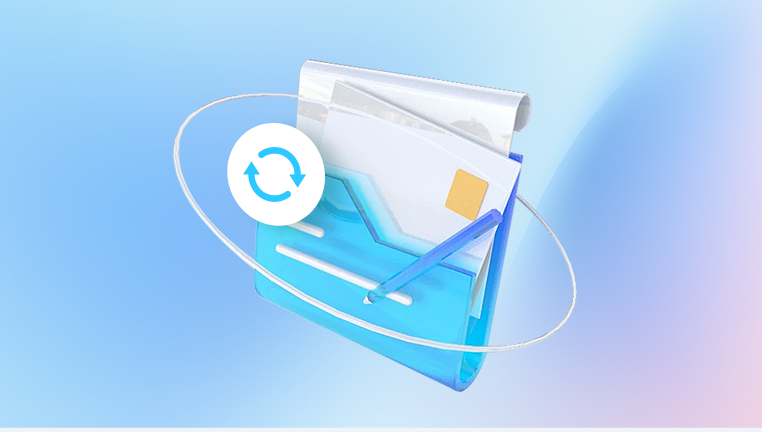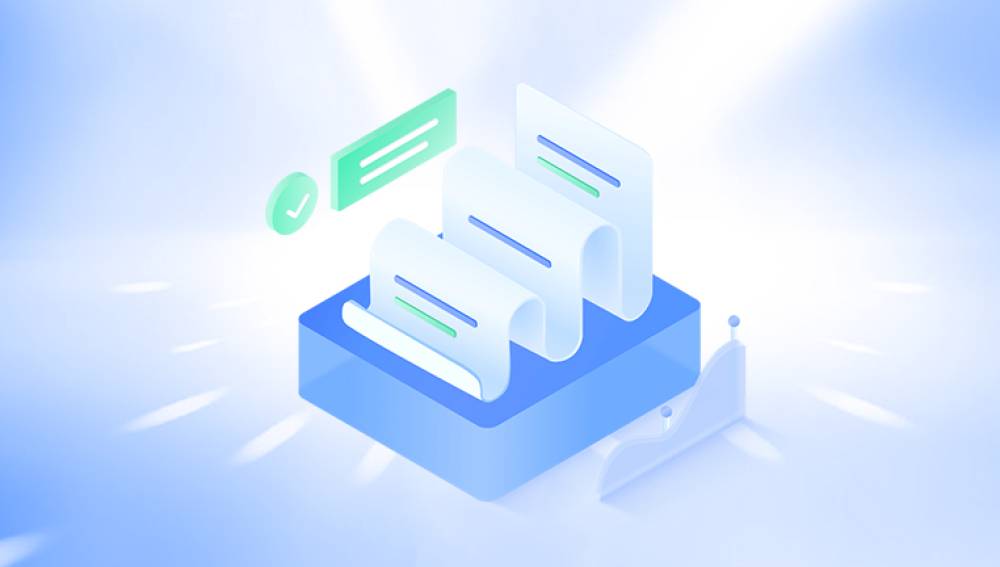Microsoft Word is one of the most widely used applications for creating, editing, and sharing documents. It is a powerful tool that supports everything from academic writing and legal documentation to creative drafts and business reporting. However, despite its robustness, Word documents can still become corrupted due to a wide range of issues, including system crashes, abrupt shutdowns, virus attacks, storage media problems, or software conflicts. When a Word file becomes corrupted, it may refuse to open, display unreadable characters, or show error messages. In such cases, the right corrupted Word document recovery software can be a lifeline, helping users restore critical content and avoid data loss.
Before exploring recovery solutions, it’s important to understand what corruption in a Word document entails. A corrupted file is one whose internal structure has been damaged. This can happen for a variety of reasons, such as:

Sudden loss of power while saving the file
Software or hardware malfunction
Bad sectors on the hard drive
Virus or malware infection
Improper shutdown or forced exit of Word
Conflict between third-party add-ins and Word
Symptoms of a corrupted Word document might include:
The document won’t open
An error message appears such as “The file cannot be opened because there are problems with the contents”
Unreadable or garbled text appears
Word crashes when trying to open the file
Missing formatting, images, or content
Built-In Repair Options in Microsoft Word
Before turning to third-party recovery tools, users should try the native repair options offered by Microsoft Word. These built-in tools often provide a quick fix for minor corruption.
Open and Repair Feature
This method is accessible directly through Microsoft Word.
Open Word
Go to File > Open
Browse and select the corrupted document
Click the dropdown arrow next to “Open”
Choose “Open and Repair”
Word will attempt to fix any internal errors in the document and open it for viewing and editing. This method works well for moderately corrupted files.
Recover Text from Any File Option
If Open and Repair fails, try recovering plain text from the file:
Go to File > Open
In the Open dialog box, choose “Recover Text from Any File (.)” from the file type dropdown
Select the corrupted Word file
This method strips away formatting and non-text elements, but can recover valuable written content.
Use a Backup or AutoRecover File
Microsoft Word automatically creates backup files and autosave versions if these options are enabled. Check for files with extensions like .wbk (Word backup) or .asd (AutoRecover).
Search for .wbk and .asd files in the folder where the original document was saved
You may also find these files in:
C:\Users\[YourUsername]\AppData\Local\Microsoft\Office\UnsavedFiles\
If available, opening these backup files may allow you to restore a recent version of your document.
When Built-In Options Fail: Turn to Recovery Software
If the built-in tools don’t work or the file is severely corrupted, specialized third-party recovery software becomes essential. These tools are designed to repair damaged Word files and restore as much content and formatting as possible. Below are some of the most effective and widely used options.
1. Drecov Data Recovery
Drecov Data Recovery is designed for users of all levels, providing a simple interface combined with powerful recovery algorithms. Whether your Word file was removed from the Recycle Bin, lost during a system crash, or stored on a formatted drive, Panda can scan your storage media deeply and retrieve files with high accuracy. Its smart file recognition allows it to detect and recover DOC and DOCX files even if the original filenames are lost or overwritten.
Using Drecov Data Recovery to recover a Word document is straightforward. After installing the software, you select the drive or location where the file was last saved, initiate a scan, and let Panda go to work. The tool will display a list of recoverable files complete with preview options so you can easily identify and restore the exact document you need.
In addition to supporting local hard drives, Panda also works with USB flash drives, memory cards, and external hard disks. It’s a versatile solution ideal for students, professionals, and anyone in need of recovering vital documents.
2. Kernel for Word Repair
Kernel for Word Repair is another top-rated tool that can retrieve data from corrupt Word files.
Key Features:
Recovers original formatting, text, tables, and images
Supports .doc and .docx file formats
Maintains document structure during recovery
Enables batch recovery
How to Use:
Install Kernel for Word Repair
Add the corrupted file(s)
Click “Repair”
Preview the output and save the document
Kernel for Word Repair is fast and efficient, particularly for documents with complex formatting.
3. DataNumen Word Repair
DataNumen has a strong reputation in the data recovery space and their Word Repair tool is no exception.
Key Features:
Repairs .doc and .docx files
Recovers hyperlinks, bookmarks, bullets, tables, and images
Can repair files from corrupted drives or media
Offers batch recovery and command line support
How to Use:
Install and open DataNumen Word Repair
Select the corrupted file
Choose the output directory
Click “Start Repair”
This tool is especially helpful for IT professionals needing a reliable and customizable repair utility.
4. Remo Repair Word
Remo Repair Word is a lightweight but effective option for casual users.
Key Features:
Repairs corrupted Word documents without altering original files
Retrieves text, OLE objects, and formatting
Compatible with both .doc and .docx files
How to Use:
Install Remo Repair Word
Load the corrupt file
Start the repair process
Preview and save the repaired file
Remo is known for its intuitive interface and clear repair process, making it suitable for non-tech users.
5. Recovery Toolbox for Word
This is a web-based and offline tool that offers convenience and portability.
Key Features:
Simple interface
Online version available (no installation needed)
Extracts text from corrupted Word files
How to Use (Online):
Visit the Recovery Toolbox for Word website
Upload the damaged Word file
Wait for the repair process to complete
Download the restored document
While the online version supports small files only, it’s a great quick fix when working on a public or borrowed machine.
Other Honorable Mentions:
SysTools Word Recovery
Repair My Word by GetData
Yodot DOC Repair
These tools offer similar features, and each has strengths in certain areas such as batch processing, recovery accuracy, or speed.
When Recovery Software Doesn’t Work
If none of the tools are able to recover your Word file, there are a few last-resort strategies you can try.
1. Extract Text Using Notepad or WordPad
Open the corrupted file in Notepad or WordPad. While you’ll likely see a lot of garbled data, you may be able to extract snippets of your original text.
2. Open the File in Google Docs
Sometimes Word documents that fail to open in Microsoft Word can be opened in Google Docs.
Upload the file to Google Drive
Open with Google Docs
If successful, download as a .docx or copy content to a new file
3. Use an Older Version or Backup
If you had File History or another backup solution enabled, you might be able to retrieve a working version from a previous date.
Right-click the folder where the file was located
Select “Restore previous versions”
Browse and restore the older version
Preventing Word Document Corruption
While recovery software is effective, prevention is always better than cure. Here are some best practices to help reduce the risk of corruption.
1. Save Often and Use AutoSave
Ensure AutoSave is enabled in Word settings, especially when working from OneDrive or SharePoint. Regular manual saving is also essential.
2. Avoid Sudden Shutdowns
Use a reliable power source or battery backup when working on important documents to avoid sudden power cuts.
3. Keep Software Updated
Keep Microsoft Word, Windows, and your antivirus software up to date. Many bugs and vulnerabilities that cause corruption are patched in newer versions.
4. Use Reliable Storage Media
Avoid using low-quality or damaged USB drives and SD cards. Always eject external drives properly before unplugging.
5. Don’t Overuse a Single File
Regularly save new versions of your documents (e.g., File_v1.docx, File_v2.docx) to reduce the risk of working from a corrupted file.
6. Scan for Malware
Viruses can cause Word files to become corrupted or encrypted. A robust antivirus can prevent this.
7. Avoid Untrusted Add-Ins
Word add-ins from unverified sources can conflict with your documents and lead to corruption. Only install trusted add-ins.
Corruption of a Word document can happen at the worst possible time, threatening the loss of critical work. Thankfully, the landscape of corrupted Word document recovery software is well-developed, offering both free and paid solutions that cater to different levels of severity and user expertise. Built-in Word tools are a good first step, but when they fall short, dedicated tools like Stellar Repair for Word, Kernel for Word Repair, and DataNumen Word Repair can often do the heavy lifting.




